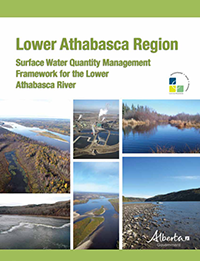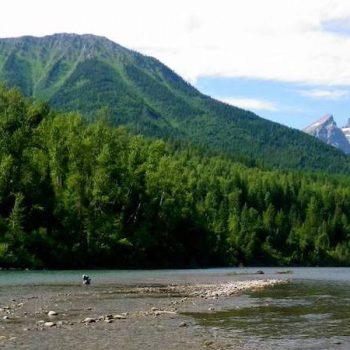
Project Description
Lower Athabasca River Water Management Framework – A Framework for Addressing Cumulative Water Withdrawals
The Lower Athabasca River as a critical source of water for oil sands mining in Alberta. Water withdrawals from the river by the mining industry and their potential impacts on the aquatic ecosystem have been an issue of concern and debate for several years. Federal and provincial agencies established a multi-stakeholder committee to develop recommendations for a Phase 2 Water Management Framework that would prescribe when, and how much, water can be withdrawn from the Lower Athabasca River for cumulative oil sands mining water use. Participants included federal and provincial governments, the mining industry, aboriginal groups and environmental organizations.
Compass was hired to design and lead a Structured Decision-Making process against a background of contentious political circumstances. The process took a consistent, rigorous and principled approach to the treatment of all objectives, including economic, environmental, social and indigenous interests. The approach enabled the transparent development and evaluation of alternatives, including explicit analyses of trade-offs that were used as the basis for value-based discussions. It in included innovative approach to dealing with traditional use (navigation), which was instrumental in gaining the support of Aboriginal groups involved. The outcome of the planning process is contained, unmodified, in Alberta government’s Surface Water Quantity Management Framework for the Lower Athabasca River. The decision process identified and prioritized uncertainties and their implications for on-going management, and Compass was subsequently engaged, in partnership with Solander Ecological Research, to develop a rigorous adaptive management plan.

Related Projects: Water, Fish and Wildlife, Climate, Cumulative Effects, Indigenous Groups, Decision Support Tools, Structured Decision Making, Adaptive Management, Stakeholder Facilitation, Technical Working Groups
Project Details
- ClientCumulative Environmental Management Association


